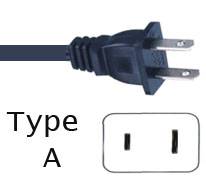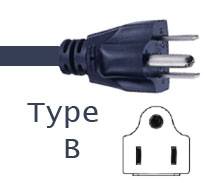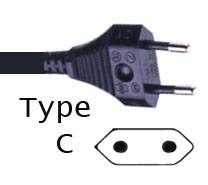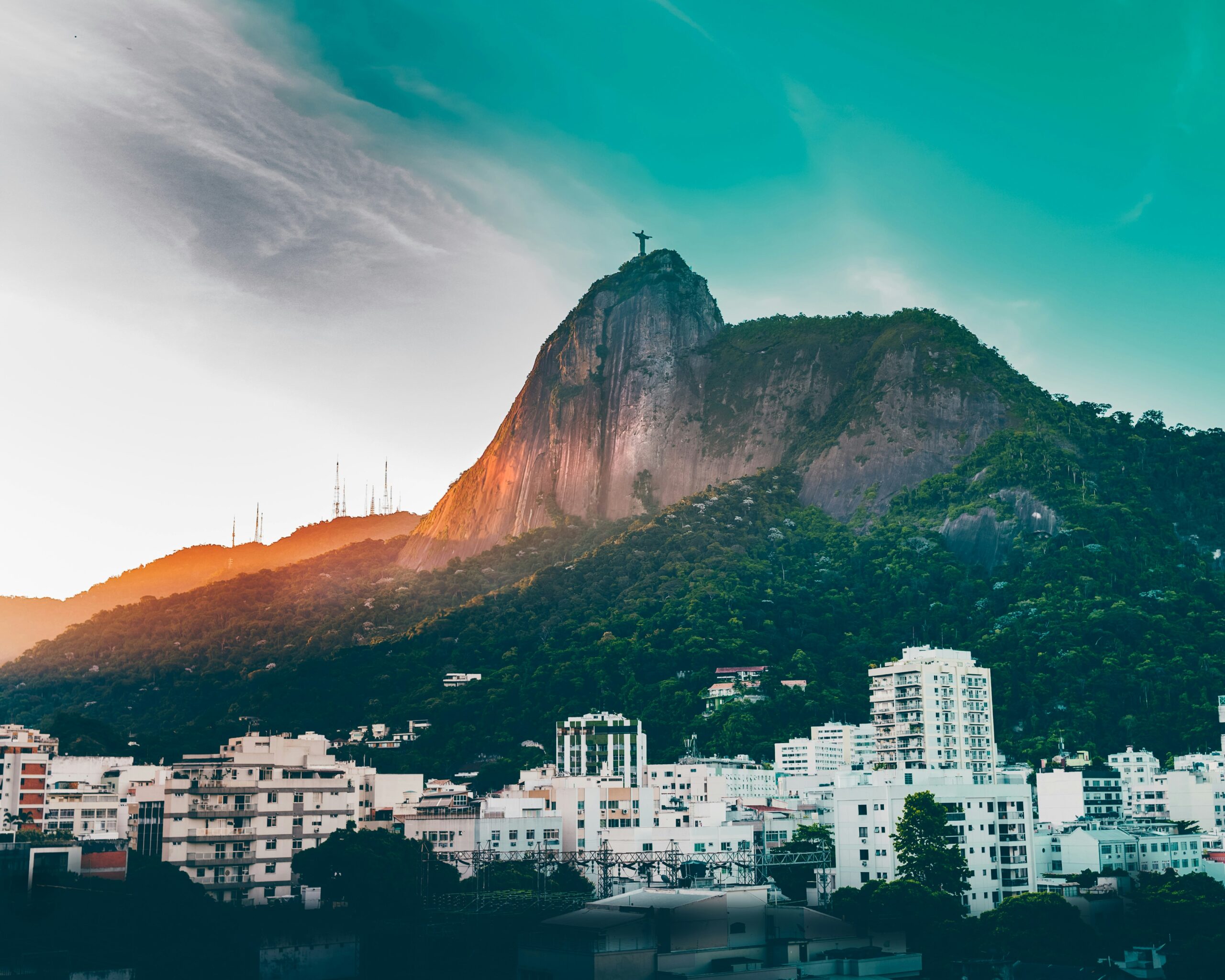Ultimate Vietnam Travel Guide
Destinations
Best time to go
The best time to visit Vietnam depends on the region you plan to visit. The north experiences a distinct four-season climate, with cool winters (November to April) and hot, humid summers (May to October). Central Vietnam has a more predictable wet and dry season, while the south experiences a tropical climate with year-round warm temperatures and a wet season from May to October.
Average Temperature By Month
January: 17°C (63°F)
February: 18°C (64°F)
March: 20°C (68°F)
April: 24°C (75°F)
May: 28°C (82°F)
June: 30°C (86°F)
July: 30°C (86°F)
August: 29°C (84°F)
September: 28°C (82°F)
October: 25°C (77°F)
November: 21°C (70°F)
December: 17°C (63°F)
What To Expect
Time Zone:
Indochina Time (ICT), UTC+7.
Currency:
The official currency of Vietnam is the Vietnamese Dong (VND). Credit cards are widely accepted in major cities and tourist areas, but it's advisable to carry cash for smaller establishments and markets.
Language:
Vietnamese is the official language of Vietnam, but English is widely spoken, especially in tourist areas, hotels, and restaurants.
Airport:
Noi Bai International Airport (HAN) in Hanoi and Tan Son Nhat International Airport (SGN) in Ho Chi Minh City are the main international airports in Vietnam, serving as the primary entry points for international travelers.
How To Get Around
Public Transport: Vietnam has an extensive public transportation network, including buses, trains, and boats. Sleeper buses and trains are popular for long-distance travel between cities, while local buses and minibusses provide transportation within towns and rural areas.
Taxis/Grab: Taxis are readily available in major cities like Hanoi and Ho Chi Minh City, but make sure to use reputable companies and insist on using the meter. Grab (ride-hailing app) is also available in major cities and offers a convenient and affordable alternative.
Rental Motorbikes: Renting a motorbike is a popular option for exploring Vietnam’s cities and countryside, offering flexibility and freedom. However, traffic in cities can be chaotic, so it’s essential to exercise caution and wear a helmet.
Domestic Flights: Domestic flights are available for traveling between major cities and regions, offering a convenient option for long-distance travel.
Average Temperature By Month:
January: 17°C (63°F)
February: 18°C (64°F)
March: 20°C (68°F)
April: 24°C (75°F)
May: 28°C (82°F)
June: 30°C (86°F)
July: 30°C (86°F)
August: 29°C (84°F)
September: 28°C (82°F)
October: 25°C (77°F)
November: 21°C (70°F)
December: 17°C (63°F)
Plugs:
Vietnam uses Type A, C, and F electrical plugs, with a standard voltage of 220V and a frequency of 50Hz.
VPN:
Using a VPN is advisable for secure internet browsing, especially when accessing public Wi-Fi networks.
Safety:
Vietnam is generally safe for travelers, but it's essential to exercise standard precautions, such as safeguarding belongings and staying aware of your surroundings, especially in crowded areas and tourist spots.
Credit Cards and Banks
Credit Cards:
Credit card acceptance in Vietnam has been increasing, especially in major cities, tourist areas, hotels, and larger shops. Visa and MasterCard are the most commonly accepted cards, followed by JCB and American Express. However, cash is still widely used for transactions in smaller establishments and rural areas.
Debit Cards:
Debit cards are commonly used in Vietnam for ATM withdrawals and some purchases. Most banks issue debit cards that can be used domestically and internationally. Make sure to inform your bank of your travel plans to avoid any issues with card usage abroad.
ATMs:
ATMs are widely available in urban areas and tourist destinations in Vietnam, allowing you to withdraw Vietnamese Dong (VND). Most ATMs accept international cards, but it’s advisable to use ATMs located inside banks or major shopping centers for security. Some ATMs may have withdrawal limits, so plan accordingly.
Currency Exchange:
The official currency of Vietnam is the Vietnamese Dong (VND). It’s recommended to exchange your currency to Vietnamese Dong upon arrival in Vietnam. You can exchange major foreign currencies at banks, currency exchange booths, and some hotels. US dollars and euros are widely accepted for exchange.
Banks:
Major banks in Vietnam include:
- Vietcombank (Vietnam Joint Stock Commercial Bank for Industry and Trade): One of the largest banks in Vietnam, Vietcombank offers a wide range of banking services including savings accounts, loans, and foreign exchange.
- VietinBank (Vietnam Joint Stock Commercial Bank for Industry and Trade): Another prominent bank in Vietnam, VietinBank provides various banking products and services for individuals and businesses.
Traveler’s Checks:
Traveler’s checks are becoming less common worldwide, and their usage is limited in Vietnam. It’s recommended to carry cash or use credit/debit cards for transactions. However, some banks may still offer services for cashing traveler’s checks, albeit with a fee.
Tips for Banking in Vietnam:
- Notify your bank before traveling to Vietnam to inform them of your travel plans and avoid any issues with card usage abroad.
- Keep your PIN and card information secure, and be cautious when using ATMs, especially in secluded areas or at night.
- Familiarize yourself with the current exchange rate to ensure fair transactions when exchanging currency.
- Carry small denominations of Vietnamese Dong for smaller purchases, as change may be limited.
By understanding the banking system in Vietnam, you can ensure a smooth and hassle-free financial experience during your travels in the country.
Locations
TRAVEL FACTS
US State Dept Travel Advisory
The US Department of State currently recommends US citizens exercise normal precautions in Vietnam. Consult its website via the link below for updates to travel advisories and statements on safety, security, local laws, and special circumstances in this country.
https://travel.state.gov/content/travel/en/traveladvisories/traveladvisories.html
Passport/Visa Requirements
For the latest passport and visa requirements for this country, please consult the U.S. State Department’s “Learn About Your Destination” search tool, available through the link below.
US Embassy/Consulate
[84] (24) 3850-5000; US Embassy in Hanoi, 7 Lang Ha Street, Hanoi, Vietnam; ACShanoi@state.gov; https://vn.usembassy.gov/
LGBTQIA+ Travelers
Telephone Code
84
Local Emergency Phone
Ambulance: 05; Fire: 08; Police: 03
Vaccinations
An International Certificate of Vaccination for yellow fever is required for travelers arriving from countries with a risk of yellow fever transmission and for travelers having transited through the airport of a country with risk of yellow fever transmission. See WHO recommendations.
Climate
Tropical in south; monsoonal in north with hot, rainy season (May to September) and warm, dry season (October to March)
Currency (Code)
Dong (VND)
Electricity/Voltage/Plug Type(s)
220 V / 50 Hz / plug types(s): A, B, C



Major Languages
Vietnamese, English, French, Chinese, Khmer, mountain-area languages (Mon-Khmer and Malayo-Polynesian)
Major Religions
Buddhist 7.9%, Catholic 6.6%, Hoa Hao 1.7%, Cao Dai 0.9%, Protestant 0.9%, Muslim 0.1%, none 81.8%
Time Difference
UTC+7 (12 hours ahead of Washington, DC, during Standard Time)
Potable Water
Opt for bottled water
International Driving Permit
Suggested
Road Driving Side
Right
Tourist Destinations
Ha Long Bay; Ho Chi Minh City (Saigon); Hue (includes Imperial Citadel and Thien Mu Pagoda); Phong Nha-Ke Bang National Park; Hoi An; Sapa Countryside; My Son
Major Sports
Soccer, vovinam (Vietnamese martial art)
Cultural Practices
Standing with your hands on your hips or crossing your arms on your chest are seen as impolite body language.
Tipping Guidelines
Tipping 5-10% of the bill, if a service charge is not added, is polite at restaurants. At the bar, leave loose change or round up the bill. Bellhops expect $1 (USD) per bag for a gratuity. Good housekeeping service deserves $1-2 (USD) per day. Taxis do not expect a tip, but drivers appreciate hearing “keep the change.”
Souvenirs
Conical hats, ao dai tunics, leather goods, handmade jewelry, scarves and silk-embroidered items, clay miniatures, sand paintings
Traditional Cuisine
Pho — rice noodles in beef or chicken broth seasoned with cumin, coriander powder, black cardamom, roasted onion powder, roasted ginger powder, fennel, and cloves; sometimes beef slices and/or vegetable sprouts are added
Please visit the following links to find further information about your desired destination.
World Health Organization (WHO) – To learn what vaccines and health precautions to take while visiting your destination.
US State Dept Travel Information – Overall information about foreign travel for US citizens.
To obtain an international driving permit (IDP). Only two organizations in the US issue IDPs:
American Automobile Association (AAA) and American Automobile Touring Alliance (AATA)
How to get help in an emergency?
Contact the nearest US embassy or consulate, or call one of these numbers:
from the US or Canada – 1-888-407-4747 or from Overseas – +1 202-501-4444
Central Intelligence Agency.
The World Factbook.
/the-world-factbook
(May 8, 2024)



